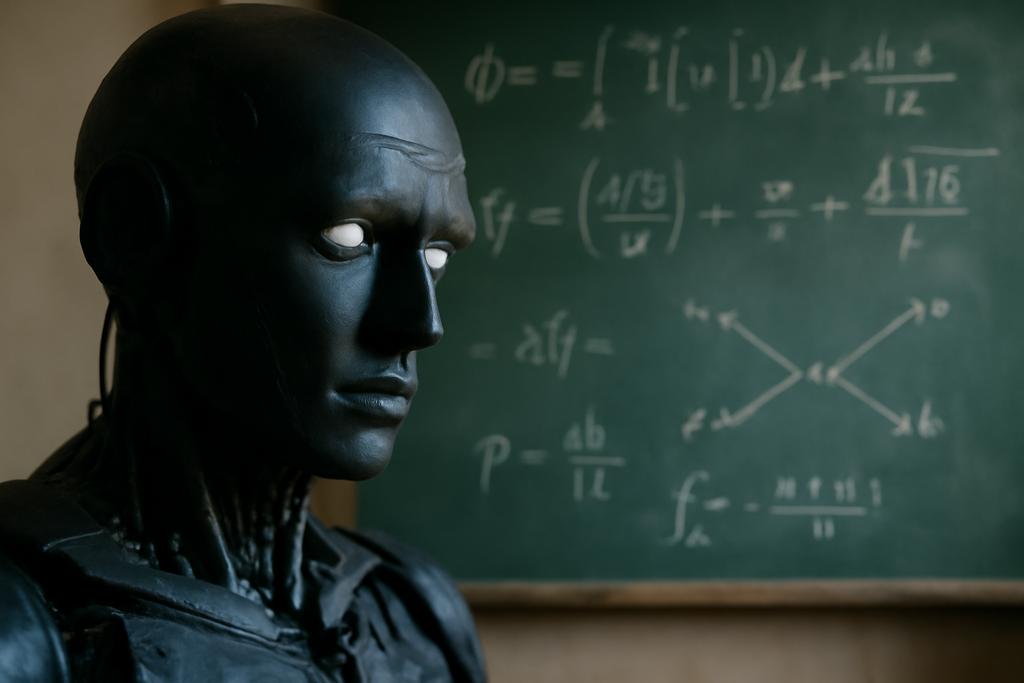Imagine a world where the most fundamental laws of physics are subtly rewritten, not by grand cosmic events, but by the ever-present whisper of long-range forces. This is the intriguing realm explored by a recent paper from researchers at the University of Bonn, the Technical University of Darmstadt, Johannes Gutenberg University Mainz, the University of Shanghai for Science and Technology, Tbilisi State University, and the University of Chinese Academy of Sciences. Led by Rishabh Bubna and Hans-Werner Hammer, the study delves into the intricacies of quantum interactions at the smallest scales, offering new insights into how we can understand and predict particle behavior—insights with significant implications for our understanding of the universe.
The Quantum Dance of Attraction and Repulsion
The paper tackles a particularly thorny problem in particle physics: how to accurately describe two-body interactions in a finite volume, such as those observed in lattice QCD simulations. These simulations are essentially sophisticated computer models that attempt to recreate the behavior of particles within a confined space, a bit like creating a miniature universe in a box. However, introducing a confined space changes the rules, adding extra complications to any attempt at modeling the dance of attraction and repulsion between these subatomic particles.
One major complication is the pervasive influence of long-range forces—forces that extend far beyond the immediate vicinity of interacting particles. Think of it like trying to analyze the motion of two magnets: you can’t ignore their magnetic field even when they’re relatively far apart. Similarly, in the subatomic world, these long-range forces can significantly distort the energy levels and interactions observed in the finite volume, making them challenging to interpret.
The standard method for analyzing these interactions, the Lüscher equation, struggles with this issue. It’s like trying to understand a complex orchestral piece by only focusing on the individual instruments in isolation. The Lüscher equation generally performs well when long-range forces are weak or negligible, but its precision falters when those forces become significant. It’s a bit like trying to predict the trajectory of a rocket by focusing solely on its engines and neglecting the constant tug of gravity.
A New Approach to Long-Range Interactions
The innovative aspect of Bubna and Hammer’s work is the development of a modified Lüscher equation, an equation that better accounts for the impact of long-range forces on the measured energy levels. This modified approach cleverly separates the long-range and short-range components of the interaction. It’s as if they’ve separated the orchestra’s instruments into distinct sections, allowing for a more nuanced appreciation of their interactions. This refined separation enables a more accurate calculation and interpretation of the energy levels.
They achieve this by introducing a clever mathematical framework based on the modified effective range expansion. This expansion provides a more robust description of the scattering amplitude, the quantity that governs how particles interact. The traditional expansion falls short when the left-hand cut—a region of the complex plane where the scattering amplitude exhibits singularities—becomes a major factor. The modified expansion skillfully handles this issue, offering a more accurate and complete understanding of the process.
The paper meticulously tackles several challenges related to this approach, including issues with ultraviolet divergences in higher partial waves, which cause some of the calculations to blow up to infinity. To deal with this, the researchers opt for dimensional regularization, a sophisticated mathematical technique employed in quantum field theory to tame these troublesome infinities.
The Implications for Particle Physics
The results presented in the paper demonstrate the significant advantage of the modified Lüscher equation over the traditional approach, particularly when dealing with long-range forces. The precision of the modified equation shines through. The researchers tested their method by analyzing synthetic data, which is essentially a test run using simulated data rather than real experimental data. The modified equation consistently produced more accurate results, showcasing its superiority in handling the complexities of long-range interactions.
This improved precision has far-reaching implications for the field of particle physics. It could revolutionize our ability to analyze lattice QCD data, particularly in systems with long-range forces, such as the D*D spectrum and the properties of the Tcc(3875) state. By offering a more robust and accurate method for analyzing these simulations, the modified Lüscher equation could open doors to making more precise measurements of these particle interactions, helping us to more precisely test and refine the Standard Model of particle physics.
Furthermore, this work extends beyond lattice QCD applications. The developed techniques are valuable for the study of other few-body systems with interactions at very different scales. For example, this mathematical refinement could be utilized in other domains of physics where long-range forces play a crucial role, improving our understanding of a variety of complex phenomena.
Beyond the Numbers: A New Way of Seeing
The beauty of this research lies not just in its mathematical elegance, but in its shift in perspective. It’s a reminder that seemingly small details—like the seemingly insignificant influence of long-range forces—can have a profound impact on the larger picture. This paper provides a new lens through which to view the universe’s smallest constituents, one that promises a clearer, more accurate, and ultimately more insightful understanding of the underlying physical principles governing their behavior.










